Roller or Compactor: Which is Right for You [Key Differences]
Roller
A roller is a heavy construction equipment used to compact soils and other construction material. It comprises of a drum, which is rolled over material to exert compaction force. The drum could be pulled by an animal, human, or ushed by engine-generated power. The weight of the drum exerts compaction force to the material being compacted.
Compactor
A compactor is a light to medium weight construction equipment used to compact construction material to required densities. Compactors comprise of a compacting plate made of steel or any other tough material. The plate undergoes high-frequency vertical movements to exert compaction force on the construction material. Compactors could be mechanized or non-mechanized. Mechanized compactors are the most common for their efficiency and faster compaction.
Difference between the two
The main reason for understanding the difference between a compactor and a roller is to make the right decision when choosing equipment. Understanding the differences allows you to select the right equipment depending on the quality and quantity of work at hand. Roller compactors are known to be more efficient and faster, however, they are not ideal for working in tight spaces. Such knowledge is important for efficient compaction.
Contents
Characteristics of Roller
A. Purpose and Function
The main purpose of rollers is compaction. They are used for various functions in the construction industry. In roads, rollers are used to compact the base and sub base layers for improved bearing capacity and durability. They are used to compact asphalt in road paving to give a smooth and level finish. Rollers are also used in building construction to stabilize foundation soils. Stable foundation soils are essential for the structural integrity of buildings.
B. Types of Rollers
1. Static roller
A static roller is one that solely relies on the weight of the drum or the roller itself to exert compaction force. This type of rollers are ideal for compacting granular material such as ballast. There are minimal movement and control parts in static rollers making them pocket-friendly to own and maintain.
2. Vibratory roller
A vibratory roller relies on the weight of the drum and a vibration mechanism to exert compaction force on material. The drum in this type of roller is fitted with eccentric weights. When electronically triggered, eccentric weights inside the drum vibrate; the vibration is transferred to the material through the drum surface. Vibratory rollers are suitable for compacting cohesive soils. The vibrations enhance air displacements resulting in better compaction results.
C. Design and Features
1. Drum size and shape
Drum size refers to its diameter and width, impacting compaction efficiency and coverage area. A larger drum enhances productivity, while a narrower drum allows for better maneuverability. The shape of the drum, typically cylindrical or padfoot, affects the compaction pattern and suitability for different soil types, providing versatility in achieving optimal compaction results.
2. Weight distribution
This refers to the distribution of weight across the machine, impacting compaction effectiveness. Proper weight distribution ensures even compaction, preventing excessive pressure on specific areas. It helps achieve uniform soil density and minimizes the risk of surface irregularities during the compaction process.
3. Traction and steering mechanisms
Traction is the ability of the roller to grip the ground, ensuring forward or backward movement during compaction. Efficient traction allows the roller to traverse challenging terrains and maintain stability. Steering mechanisms enable the operator to control the direction of the roller, facilitating precise maneuvering and ensuring uniform compaction across the entire work area.
Characteristics of Compactor
A. Purpose and Function
The main purpose of compactors in the construction industry is small to medium scale compaction. Compactors are applied in various function; including trench compaction and landfill compaction. Their small sizes and portability make them popular for compaction in tight spaces.
B. Types of Compactors
1. Plate compactor
Plate compactors comprise of a rectangular base plate made of steel or other strong material. The plate is attached to a shaft and spring that moves it up and down to exert compaction force on the material. The plate movement is powered by engines, or motors in electric plate compactors.
2. Rammer compactor
A rammer compactor exerts compaction force by ramming into the material. It comprises of a square pad, also known as foot. The pad is attached to an engine or motor by a shaft and spring. The power generated moves the pad up and down at a high frequency to compact the material. The pad is usually made of steel or toughened material to resist breakages due to reaction forces when it comes to contact with the material.
3. Landfill compactor
Landfill compactors could be rammer compactors or plate compactors with chemical resistant features. The plate or foot in these compactors is protected from corrosion and other forms of damage from toxic elements of landfills.
C. Design and Features
1. Compaction force
Compaction force is the impact with which the compactor comes int contact with the material under compaction. Compaction force depends on the engine or motor power and the weight of the compactor plate or foot. Larger compactors generate more compaction force due to the engine power and size of plate and foot.
2. Operating mechanism
Plate compactors utilize a vibrating plate that exerts downward force and vertical motion to compact soil or other materials. Rammer compactors, on the other hand, use a percussive mechanism with a vertically moving ram to deliver high-impact compaction energy to the surface being compacted.
3. Additional attachments
Modern compactors feature several additional features for improved efficiency and operator comfort. Some have damping systems that reduce the vibrations getting to the operator to reduce fatigue. Others have electronic monitoring systems for engine diagnostics and limiting operation hours to avoid damaging the compactor engine.
Differences Between Roller and Compactor
A. Primary functions
The primary function of a roller is to provide large-scale compaction over a wide area, typically used for soil and asphalt compaction. In contrast, a compactor is designed for smaller-scale compaction in confined spaces or on irregular surfaces, such as trenches, driveways, or landscaping projects.
B. Compaction mechanism
A roller achieves compaction through the weight of its drum and the rolling action over the surface, utilizing static or vibratory forces. In contrast, a compactor exerts compaction through the vertical vibratory motion of its plate, transferring energy to the ground and compacting the material through repeated impacts.
C. Suitable applications
A roller is suitable for larger-scale applications such as road construction, highway projects, and large areas of soil or asphalt compaction. It is ideal for achieving uniform compaction over extensive surfaces. On the other hand, a compactor is more suitable for smaller-scale applications like compacting trenches, driveways, pavers, and landscaping projects, where maneuverability and compaction in tight spaces are required.
D. Operating conditions and terrain
Rollers are difficult to maneuver in steep and uneven terrain due to their size and weight. On the other hand, compactors are light and easy to maneuver in difficult terrains; this makes them more efficient for compaction on steep slopes and tight bends.
E. Performance and efficiency
Rollers excel in performance and efficiency when it comes to large-scale compaction projects. Their wide coverage area and high compaction force make them effective for achieving uniform compaction in less time. Compactors, while less powerful, offer higher maneuverability and are more efficient for compacting smaller areas and hard-to-reach spaces.
Applications of Roller and Compactors
A. Road construction and maintenance
Rollers are used in compacting the subbase and base layers of the road during construction. Their ability to deliver smooth and even surfaces make them ideal for asphalt compaction as well. Compactors are essential in drainage construction and underground utilities construction on the road. Their size and maneuverability come handy for compaction in trenches.
B. Landscaping and pavement projects
Rollers play a vital role in landscaping and pavement projects by providing efficient and uniform compaction of soil, aggregates, and asphalt. They ensure the stability, durability, and smoothness of the finished surfaces. Compactors are useful for compacting smaller areas, such as walkways, driveways, and paver installations, ensuring a solid and level base.
C. Soil compaction in construction sites
Rollers and compactors ensure an efficient compaction process for stable bases. This allows construction of safe and structurally sound foundations. Compaction by rollers and compactors prevent settling of the soil particles when subjected to structural loads.
D. Waste management and landfill operations
Rollers and compactors are essential equipment in waste management. They are used to compact waste in landfills for maximum usage of space and minimal spreading of toxins. In landfills, waste is compacted into smaller volumes and higher densities; increasing the capacity of landfills.
Conclusions
Rollers and compactors serve distinct roles in construction projects. Rollers excel in large-scale applications, providing efficient compaction over extensive areas, while compactors are ideal for smaller-scale projects and compacting in tight spaces. Choosing the right equipment is crucial for achieving optimal results.
Understanding the differences between rollers and compactors ensures appropriate equipment selection and efficient utilization, leading to successful and durable landscaping, landfill management and construction projects.
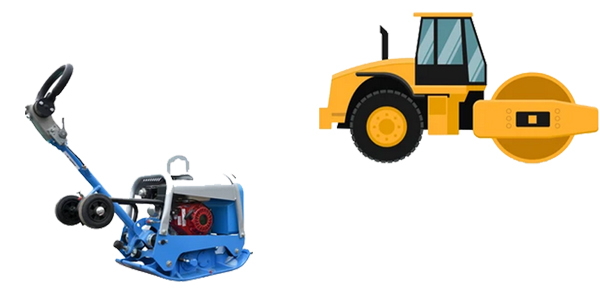
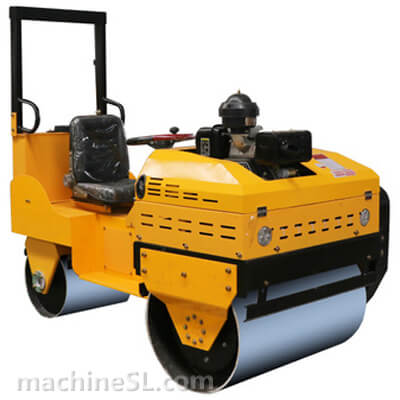
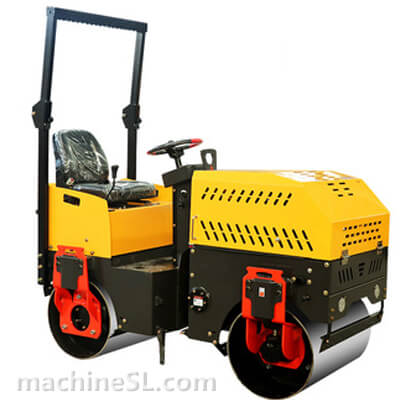
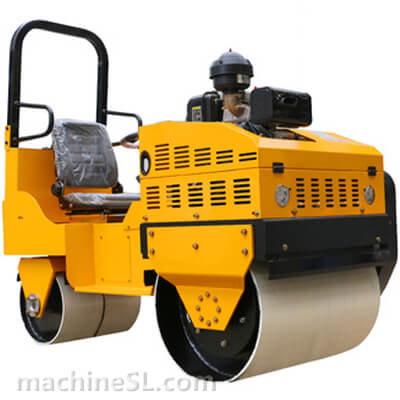
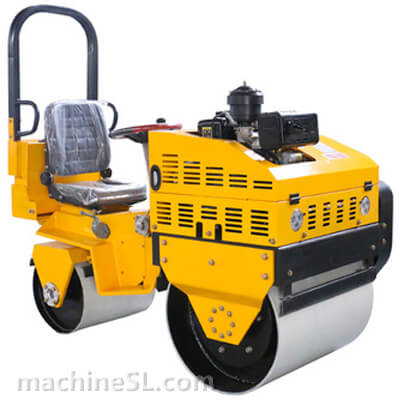
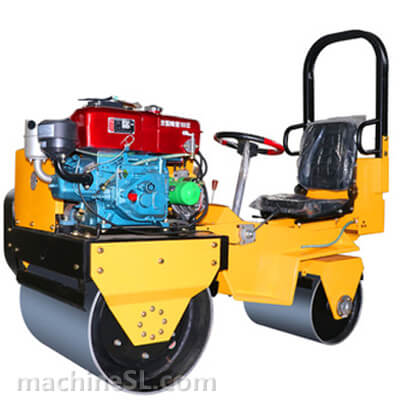
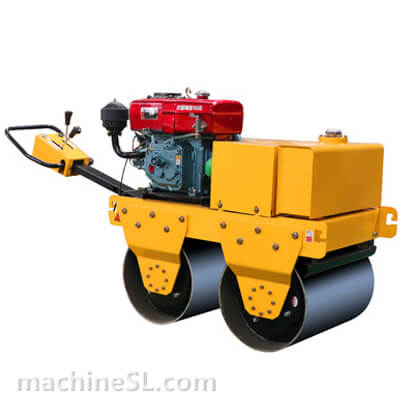
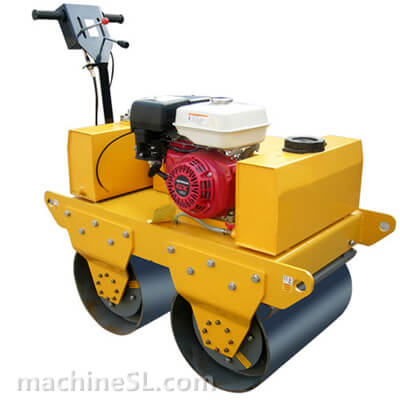
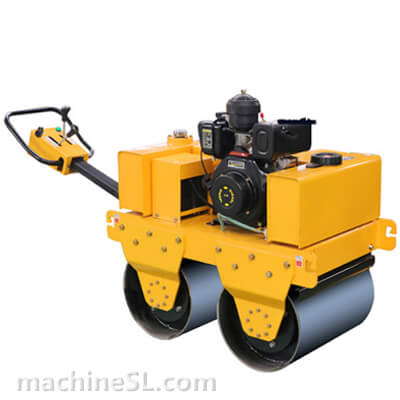
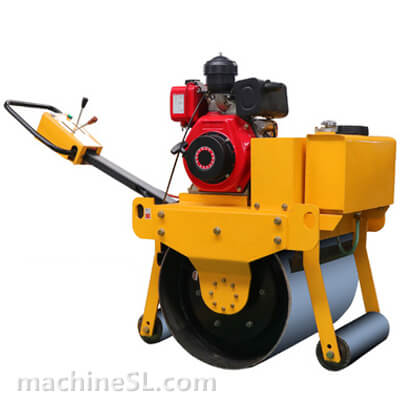
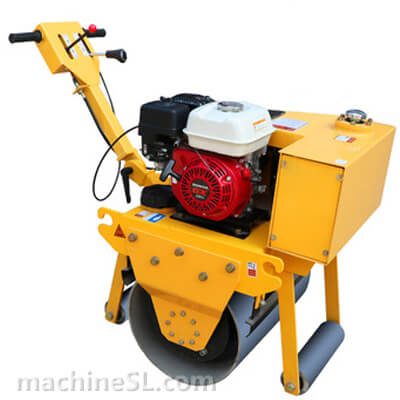
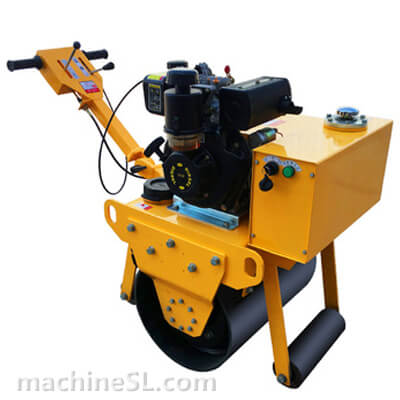
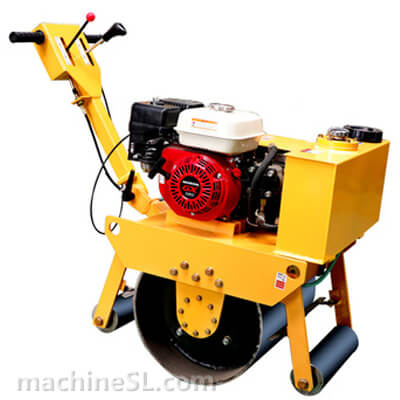

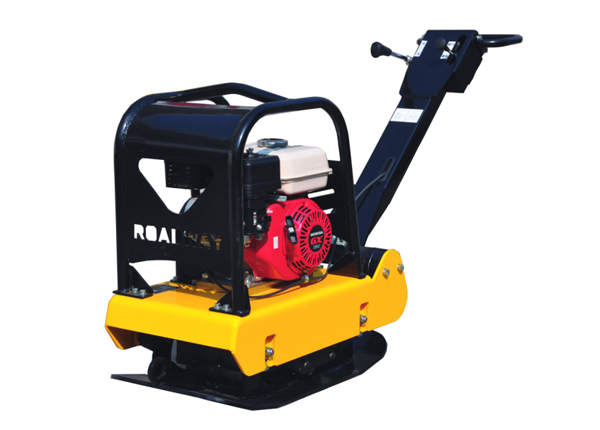
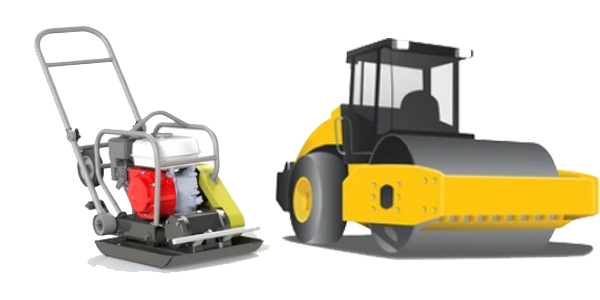
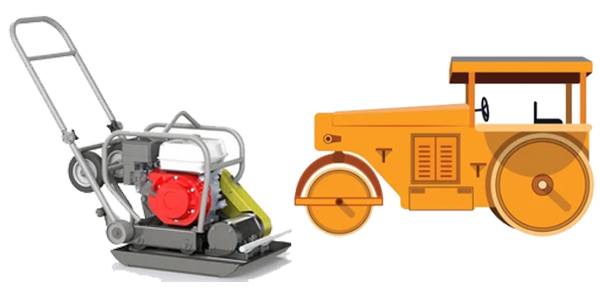
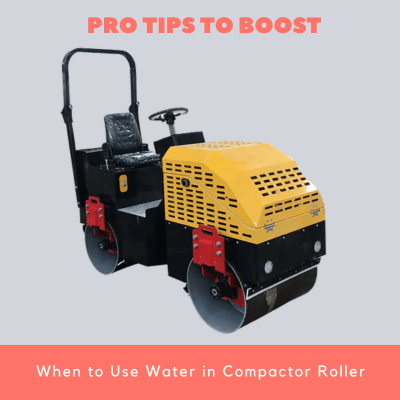
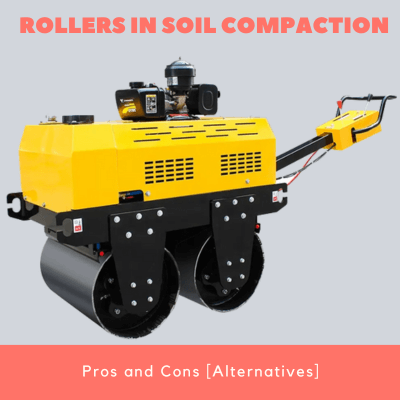
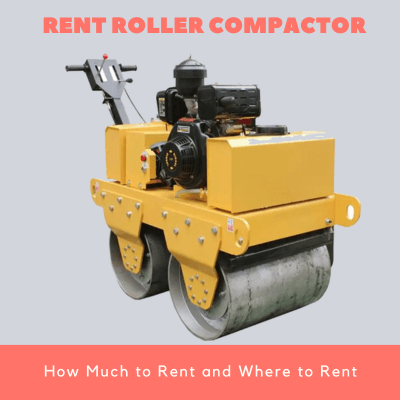
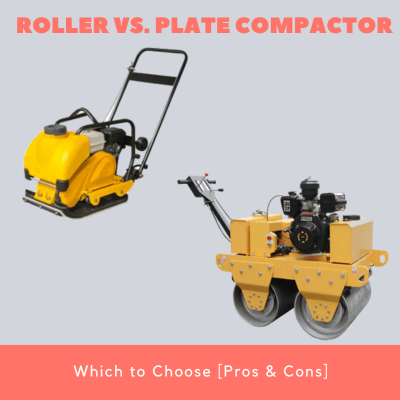
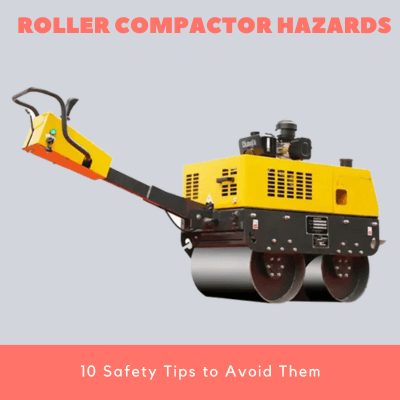
Leave A Comment